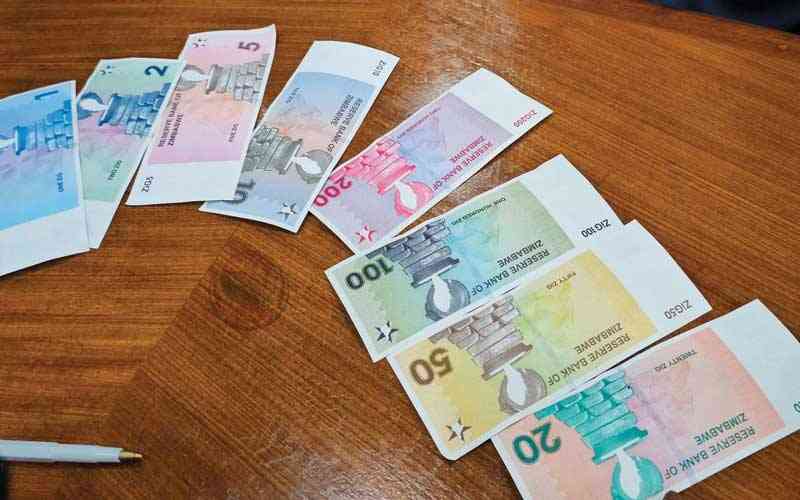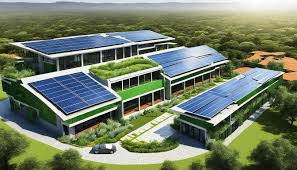
Oldest, youngest, tallest, biggest, costliest, etc, can all be overtaken by the steady march of time and things like prettiest, ugliest, the most beautiful and so on are very much in the eyes of the beholder.
Well as a rather ancient hack, who’s seen and done most things in this funny old world, a recent trip to and seven night cruise around the Persian Gulf on Royal Caribbean International’s wonderfully comfortable Brilliance of the Seas had my head swimming with sparkling superlatives.
The Burj Khalifa in Dubai is definitely (for now) the world’s tallest building: almost a kilometre high, but is the restaurant At.mosphere on the 122nd Floor the highest in the world as claimed?
Nope, there’s a café at almost the pinnacle of Snowdon, Wales’ highest mountain at a much higher altitude.
But At.mosphere (doesn’t that silly name annoy you?) probably is the world’s highest restaurant within a building.
It takes a full minute to reach it in one of the world’s fastest lifts from ground level to the eatery’s portal which is 422 metres above the grim desert sand on the waterfront.
I doubt it’s the world’s dearest restaurant, but it certainly ain’t cheap.There are roughly 3,5 UnitedArab Emirates dirham to the Greenback and a Maine lobster (imported from Maine, USA, despite the local Red Sea offering some of the world’s finest seafood!) will set you back 590 AED, which is virtually US$150!
You will not be surprised to hear that is the single most expensive item on the menu printed tastefully in English and Arabic.
- Chamisa under fire over US$120K donation
- Mavhunga puts DeMbare into Chibuku quarterfinals
- Pension funds bet on Cabora Bassa oilfields
- Councils defy govt fire tender directive
Keep Reading
A 200g American tenderloin steak (sufficient for two fairly generous Zim-sized steak rolls!) costs 300 dirham; a 500g prize Angus porterhouse (not even an honest T-bone) is 440 dirham and 150g Japanese Kobe fillet steak (mombes fed on beer, massaged twice daily!) is also 440 dirham.
Minimum spend at lunch is 300 dirham; 450 at supper and a private room (minimum eight pax) will cost you at least 650 dirham each cover, which — conveniently — is around US$166.
Mind you, salaries must be pretty generous and there’s no direct or indirect taxation in the United Arab Emirates, where the state pays for each Emirati’s wedding and there’s a fully furnished flat thrown in as a marriage gift.
But Dubai was badly hit by the recession and is shouldered with an estimated US$120 billion debt through poor investments. Property values have slumped and many skyscraper developments are empty or have been put on hold.
Dubai’s much vaunted world’s highest building was even threatened by the world slump and their neighbours and cousins in slightly less orientally opulent Abu Dhabi had to stump up the loot to finish it. Supposed to have been called the Burj Dubai, for wily oriental reasons which escape me, the name was changed to Burj Khalifa following the intercession from Abu Dhabi, capital of the UAE.
Khalifa or caliphs are the successor of Muhammad, according to the wee bit of Islamic history I’ve picked up in decades of periodically mooching around the Muslim world.
Abu Dhabi itself boasts the world’s most expensive hotel the seven stars (yep…seven!) Emirates Palace Hotel run by Kempinski. There’s another seven star job: the Burj al-Arab in Dubai, much of it built underwater.
I became friendly with a German couple who had not so much enjoyed as relished two nights at the Abu Dhabi seven star outlet as part of their package deal for the Gulf cruise.
No such luck for me. Ethiopian from Harare to Dubai, via Lusaka and Addis Ababa, lands at 0300 am and I couldn’t even make a phone booking for the nearby Holiday Inn Express at that hour, according to airport officials.
I read for two hours at a costly Caffe Nero (cappuccino US$$4!) and nodded off on a rather uncomfortable banquette in the concourse!
Abu Dhabi has the largest mosque in the world other than two in Saudi Arabia I’m willing to bet they’re not as beautiful, though.
The Sheikh Zayed bin-Sultan al Nayhan (he founded the UAE) Grand Mosque took six years to build, using 3 000 artisans and materials from 38 different countries including Italy, Germany, Morocco, India, Turkey, Iran and China.It is 22 412 sq metres (as big as five football grounds) and can accommodate 40 960 worshippers. It has 82 domes of Moroccan design all decorated with snow-white marble.
Main dome IS the largest in the world: 32,8 metres in diameter, 70m high from the inside and 85m tall from the outside.
There are 1 000 columns clad with more than 2 000 marble panels inlaid with semi-precious stones such as lapis lazuli, red agate, amethyst, abalone shell and mother-of-pearl. (Perhaps appropriate? Before oil and gas was found here 50 years ago, locals lived mainly on pearl diving, fishing, camel-breeding and palm-date growing.)
There are seven giant Swarovski crystal chandeliers including — of course — the world’s biggest, in the Main Prayer Hall: 10m diameter, 15m tall, it weighs nine tonnes.
And the faithful, having been called to prayer by the muezzin, can do so on the globe’s largest hand-knotted carpet. Hand-crafted by 1 200 village artisans in Iran it comprises 2 268 000 knots and is valued at 30 million AED (about US$8,2 million).
Some carpet; some country!
More Gulf cruise stories next week and in Zimbabwe Independent (if Ethiopia’s airline finds my suitcase containing notes, pictures… and much more!)
(Cruise queries and bookings to Nancy at Fulela Dreams [ex-Mitchell Cotts] Avondale.)











